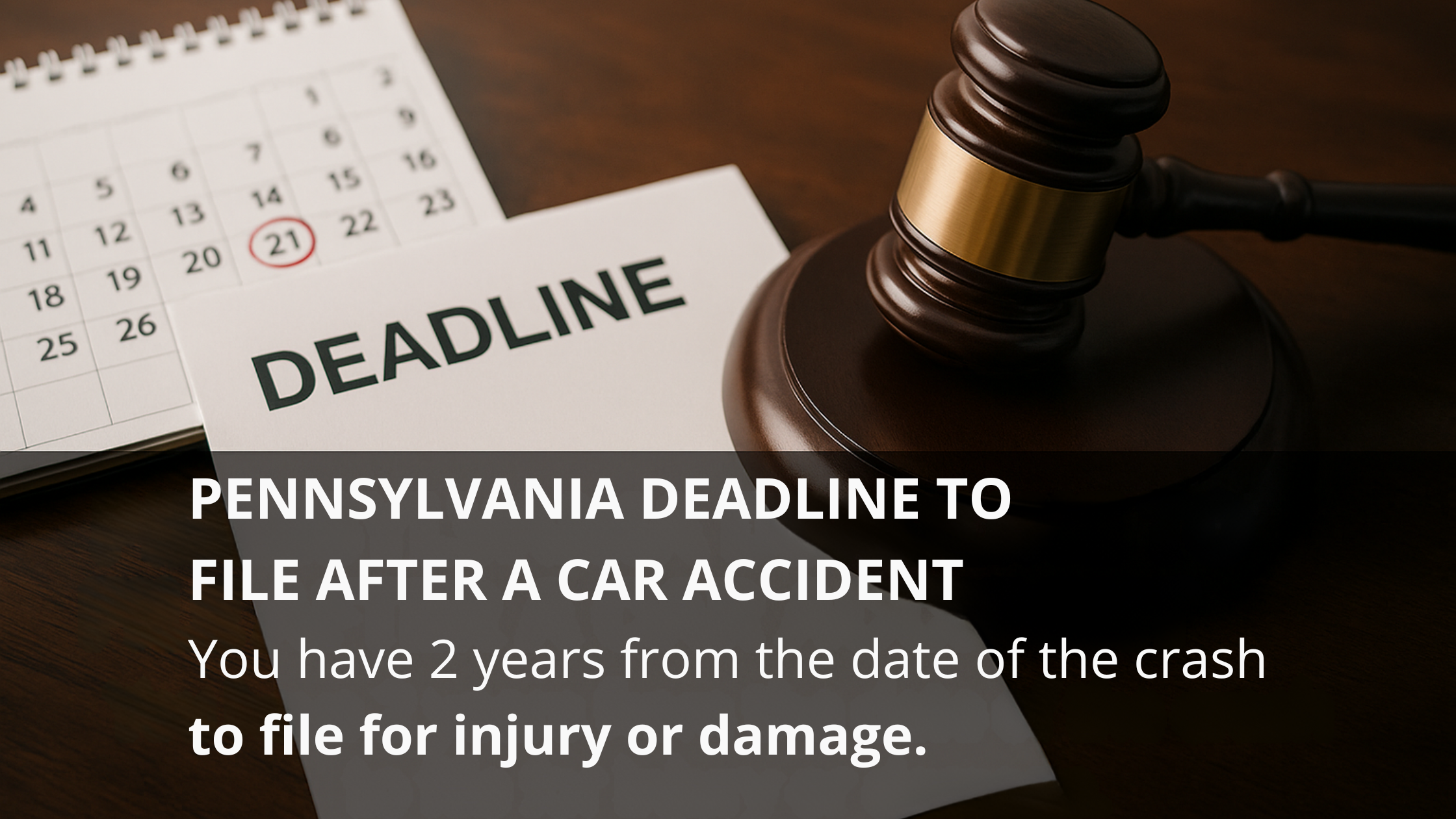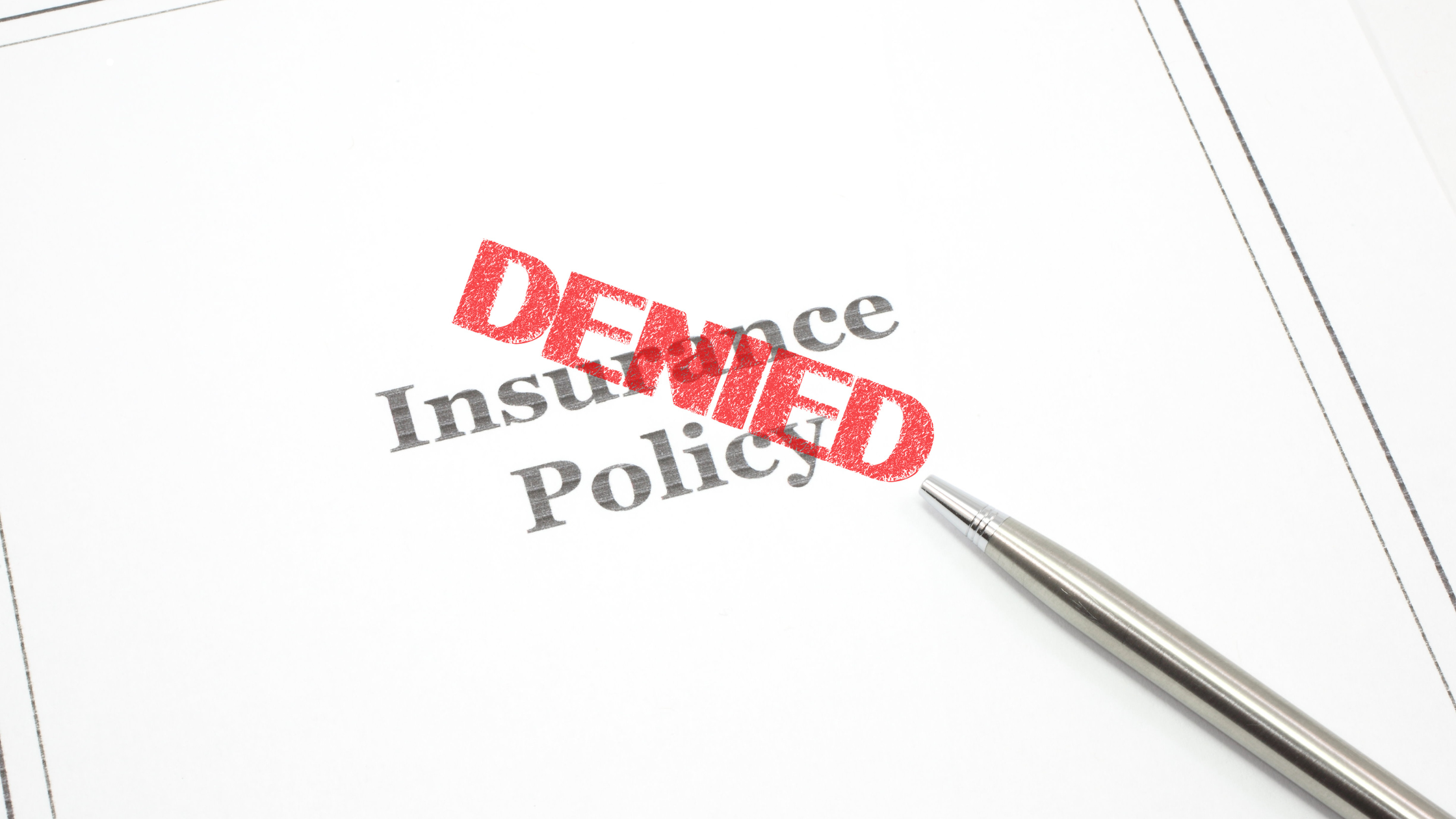Get perspective.


The Role of a Personal Injury Lawyer in Worker’s Compensation Cases

Steps to Take if You Suspect Medical Malpractice in Pennsylvania

Understanding the Statute of Limitations for Car & Motor Vehicle Accidents in Pennsylvania

The Role of a Personal Injury Lawyer in Insurance Disputes

